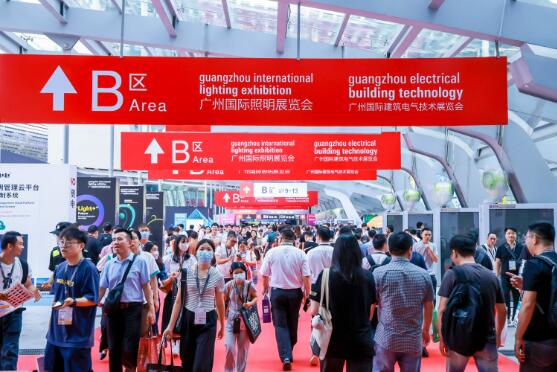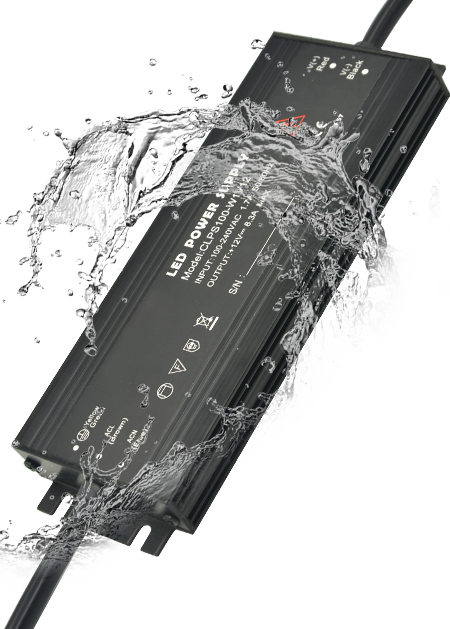Electronic Low Voltage (ELV) Dimmers were initially designed to regulate Electronic Low Voltage Transformers utilized in reduced voltage (12V) MR16-type fixtures. ELV dimmers and transformers are much more expensive; however, they use quieter operation, much better control, and often last longer than Magnetic Low Voltage Transformers (MLV).

Is ELV dimmer the same as LED dimmer?
LEDs can only handle direct currents (DC), so using an ELV dimmer with an LED requires some driver. Diverse dimmers will affect LEDs differently. A low-frequency MLV dimmer will affect the LED in a way that contrasts with a high-frequency ELV waveform.
ELV dimmers generate reverse-phase, or “trailing edge,” waveforms. The luminosity of a connected light source governed by an ELV dimmer hinges on the balance between “on” and “off” durations during dimming adjustments. LEDs inherently function on direct currents (DC), necessitating an LED driver when coupled with an ELV dimmer. Different dimmers exert varying effects on LEDs. For instance, the influence of a low-frequency MLV dimmer diverges from that of a high-frequency ELV waveform.
An often overlooked aspect is that LEDs demand appropriate current regulation rather than voltage control for optimal performance. Transformers are designed primarily to regulate voltage, not current. Consequently, supplementary circuitry becomes imperative. Typically, this supplemental circuitry resides at the base of the LED fixture or lamp.
Other posts for more details of dimmers, types of dimmers, and their ideal applications
Why do I need an ELV dimmer?
Electronic Low-Voltage (ELV) dimmers manage ELV transformers and dimmable LED power supplies, commonly utilized in settings like ELV track lighting, under-cabinet lighting, and LED strips. Installing ELV dimmers necessitates the availability of a neutral connection.
Applications of ELV Dimmers
The ELV Dimming Option finds its application in LITON General Purpose Recessed Housings and is designated “DLV” during the ordering process. For more comprehensive information, please refer to the provided specification sheets.
Synonymous Terms:
Electronic Low Voltage, ELV, Trailing Edge, and Reverse Phase
Benefits of ELV Dimming
- ELV dimming drivers from Liton have undergone extensive testing and gained approval from many dimmer manufacturers (refer to the list).
- They exhibit superior performance with LEDs compared to most magnetic low voltage (MLV) drivers.
- Facilitates smooth dimming down to 5%, subject to the limitations of the dimmer.
ELV Dimming Limitations
- ELV wall dimmers might cost more than incandescent or magnetic low-voltage dimmers.
- A smaller existing installation base might necessitate replacing incompatible dimmers during retrofit projects.
- ELV drivers with incandescent dimmers should be avoided to prevent malfunctions like dimmer buzzing, lamp flickering, circuit interactions, or radio frequency interference (RFI).
- All ELV drivers and dimmers require a 3-wire setup, including a neutral wire. This can lead to the need for additional wire installation in remodeling projects.
What is the difference between CL and ELV dimmers?
This is a particular sort of dimmer made for smoother usage of CFL and LED light bulbs. Magnetic Low-voltage (MLV): These dimmers are developed to be utilized with a magnetic motorist. This feeds the power out so the motorist can review and reply without harming the LED driver hardware.
Is ELV the same as TRIAC?
The terminology around dimmers can be confusing. Luckily, it’s just different ways of saying the same thing. Here’s the scoop.
An Electronic Low Voltage (ELV) dimmer with an LED (light emitting diode) is almost a match made in heaven.
Is ELV dimming the same as 0-10V?
DIM0-10V ELV is a Dimmable module that transforms a 0-10V dimming signal to an ELV (digital low-voltage) reverse phase dimming signal for ELV dimmable lighting items. It allows standard 0-10V lowering control dimmers with ELV dimmable lighting items and efficiently dims down to 1%.
How do you know if your dimmer is LED-compatible?
Check Your Existing Dimmer
The type of dimmer switch and its minimum/maximum load range will indicate compatibility with LED light bulbs. Trailing-edge dimmers work best with LED light bulbs, and leading-edge dimmers work best with traditional incandescent and halogen light bulbs.
Is ELV dim the same as phase dimming?
Electronic Reduced Voltage (ELV) lots usually need reverse stage controls and are unsuitable for forwarding phase dimming. Reverse phase controls modulate the input power by activating initially of the cycle as well as switching off in the middle of the cycle.
To help the dimmer dissipate the internal heat normal to operation, a typical dimmer is wider than a switch.
Types of Dimmers Each type of lighting source (load types) has individual characteristics requiring special types of dimmers.
LED power supplies for LED lights



Light output is easily varied using a LED dimming driver.
other dimmers



